Refine search
Actions for selected content:
10 results in Cambridge Language Surveys
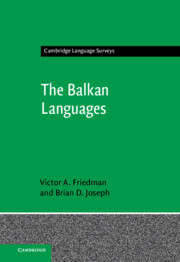
The Balkan Languages
-
- Published online:
- 31 May 2025
- Print publication:
- 26 June 2025
-
- Book
-
- You have access
- Open access
- Export citation

Turkic
-
- Published online:
- 13 August 2021
- Print publication:
- 26 August 2021
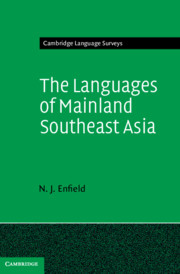
The Languages of Mainland Southeast Asia
-
- Published online:
- 22 March 2021
- Print publication:
- 01 April 2021
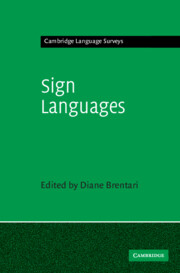
Sign Languages
-
- Published online:
- 05 June 2012
- Print publication:
- 27 May 2010
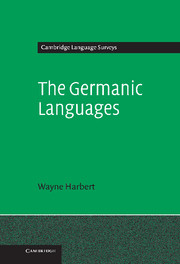
The Germanic Languages
-
- Published online:
- 06 July 2010
- Print publication:
- 21 December 2006
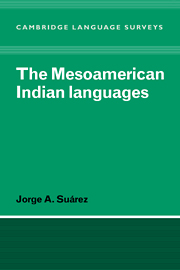
The Mesoamerican Indian Languages
-
- Published online:
- 05 November 2009
- Print publication:
- 14 April 1983

The Dravidian Languages
-
- Published online:
- 22 September 2009
- Print publication:
- 16 January 2003
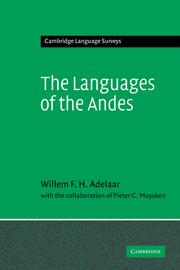
The Languages of the Andes
-
- Published online:
- 22 September 2009
- Print publication:
- 10 June 2004
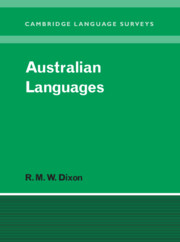
Australian Languages
- Their Nature and Development
-
- Published online:
- 22 September 2009
- Print publication:
- 14 November 2002

The Slavic Languages
-
- Published online:
- 22 September 2009
- Print publication:
- 21 September 2006
